Introduction: More Than Just a Bowl
In the world of Japanese cuisine, no detail is left to chance. From the cut of sashimi to the grain of the rice, every element matters and the ramen bowl is no exception.
While many focus on the broth, toppings, and noodles, the vessel that holds it all plays a vital role in both function and presentation. A good ramen bowl retains heat, supports balance, enhances aroma, and reflects centuries of thoughtful design supported by traditional pottery techniques.
In this article, we’ll explore the most common ramen bowl types, their materials, shapes, cultural significance, and lesser-known varieties to help you better appreciate or choose the perfect bowl for your next ramen experience.
What Makes a Ramen Bowl Unique?
Unlike miso soup bowls, ramen bowls are not meant to be lifted. They’re typically wider, deeper, and more robust, built to house 800–1,200 ml of broth, noodles, and toppings comfortably.
The structure of a ramen bowl enhances:
- Heat retention
- Noodle slurping ergonomics
- Visual presentation
- Aroma concentration
💡 Did you know? The curvature of the bowl can affect how toppings float and how noodles settle small design choices that dramatically impact the dining experience.
Ramen Bowl Materials and How They Affect Flavor & Function
Ceramic Ramen Bowls
Ceramic is the traditional material for most ramen bowls in Japan. It offers:
- Excellent heat retention
- A substantial, grounding weight
- A wabi-sabi aesthetic, with subtle imperfections that highlight handmade quality
Porcelain Ramen Bowls
Porcelain is lighter and more delicate than ceramic. It’s valued for:
- Smooth texture and refined finish
- Intricate painted designs
- Aesthetic presentation over function
Stoneware Ramen Bowls
Durable and weighty, stoneware sits between ceramic and porcelain.
Melamine and Plastic Bowls
Affordable and resistant to breakage, melamine bowls are common outside Japan, especially in high-traffic restaurants. However, they:
- Do not retain heat as well
- Lack the tactile richness of clay-based materials
Common Ramen Bowl Shapes and Their Ideal Uses
Hira Tayoudon (Wide & Shallow Bowl)
Best For: Tonkotsu, miso ramen
Its wide rim helps cool hot broth quickly and allows toppings to be arranged beautifully.
Menbachi (Deep, High-Sided Bowl)
Best For: Shoyu, shio ramen
The go-to ramen bowl shape, it keeps broth hotter for longer.
Tamadon (Egg-Shaped Bowl)
Best For: Balanced ramen
With gentle curves and a round silhouette, this bowl supports both presentation and functionality.
Koudaidon (Tapered Bowl)
Best For: Visually dynamic toppings
The narrow base and flared rim elevate the presentation of layered toppings.
Symbolism and Design: The Art Inside the Bowl
While ramen bowls may appear plain from the outside, many hide artistic flourishes within.
Common patterns include:
- Seigaiha (Ocean wave) – Peace and prosperity
- Karakusa (Scroll vine) – Longevity and resilience
- Brushstroke glazing – Evokes spontaneity and movement
These inner-bowl designs are revealed as you eat, a small moment of visual reward, typical of Japanese dining philosophy.
Cultural and Regional Significance of the Ramen Bowl
Ramen bowls reflect not only function but also regional identity and culinary heritage.
Regional Variations in Bowl Design
- Hakata (Fukuoka): Small, straight-sided bowls for kaedama (noodle refills)
- Sapporo: Thicker bowls with strong rims for snowy Hokkaido’s freezing temperatures
- Tokyo: Taller, round bowls suited to clean, soy-based broths
Bespoke Bowls in Modern Ramen Shops
Many high-end ramen chefs now collaborate with ceramic artists to create exclusive bowl designs that match their signature ramen.
Unique and Lesser-Known Ramen Bowl Varieties
Double-Walled Ceramic Bowls
It is used in modern ramen bars to keep broth hot while the outer surface stays cool.
Lacquered Bowls
Rare and decorative, often used for seasonal or ceremonial ramen presentations.
Artisanal Limited-Edition Bowls
Produced in places like Mashiko and Shigaraki with region-specific clays and glazes.
Choosing the Right Ramen Bowl for Home Use
Whether you’re a casual cook or a ramen devotee, here are key factors when selecting your ramen bowl:
- Capacity: 900–1,100 ml is standard
- Material: Ceramic or stoneware for home comfort
- Shape: Deep bowls for shoyu/shio, wide for miso/tonkotsu
- Design: Inner-bowl decoration for a personal touch
Conclusion: The Bowl That Tells a Story
In Japanese cuisine, nothing is left to chance. From the robust ceramic forms of everyday ramen-ya to hand-painted porcelain used in fine dining, the bowl plays an essential role in shaping not just the food, but the experience.
So next time you sit down for a steaming bowl of noodles, take a moment to consider what it’s served in. It may be telling you more than you think.
Check out our selection of ramen bowls available at MyJapaneseWorld.com




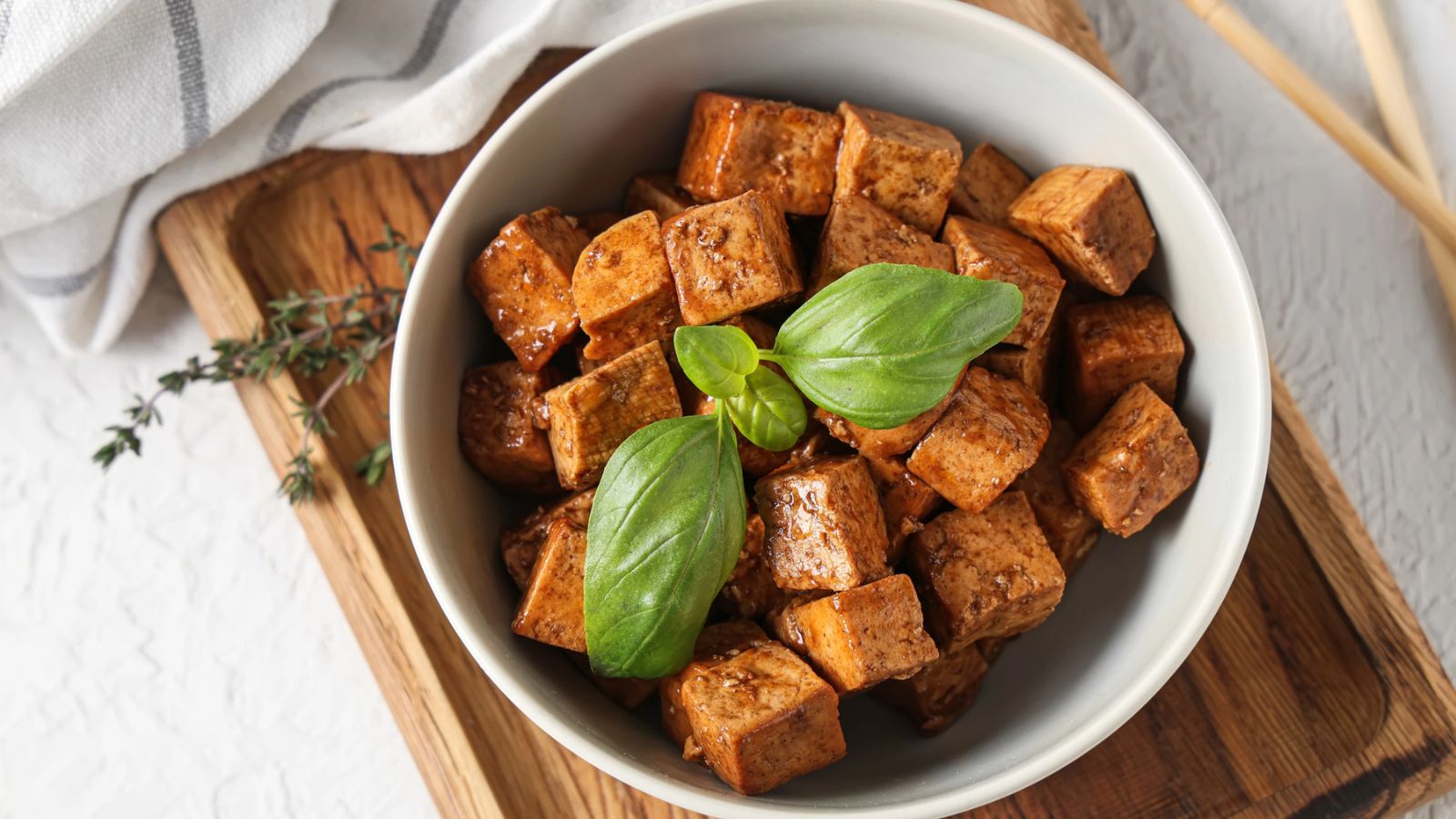
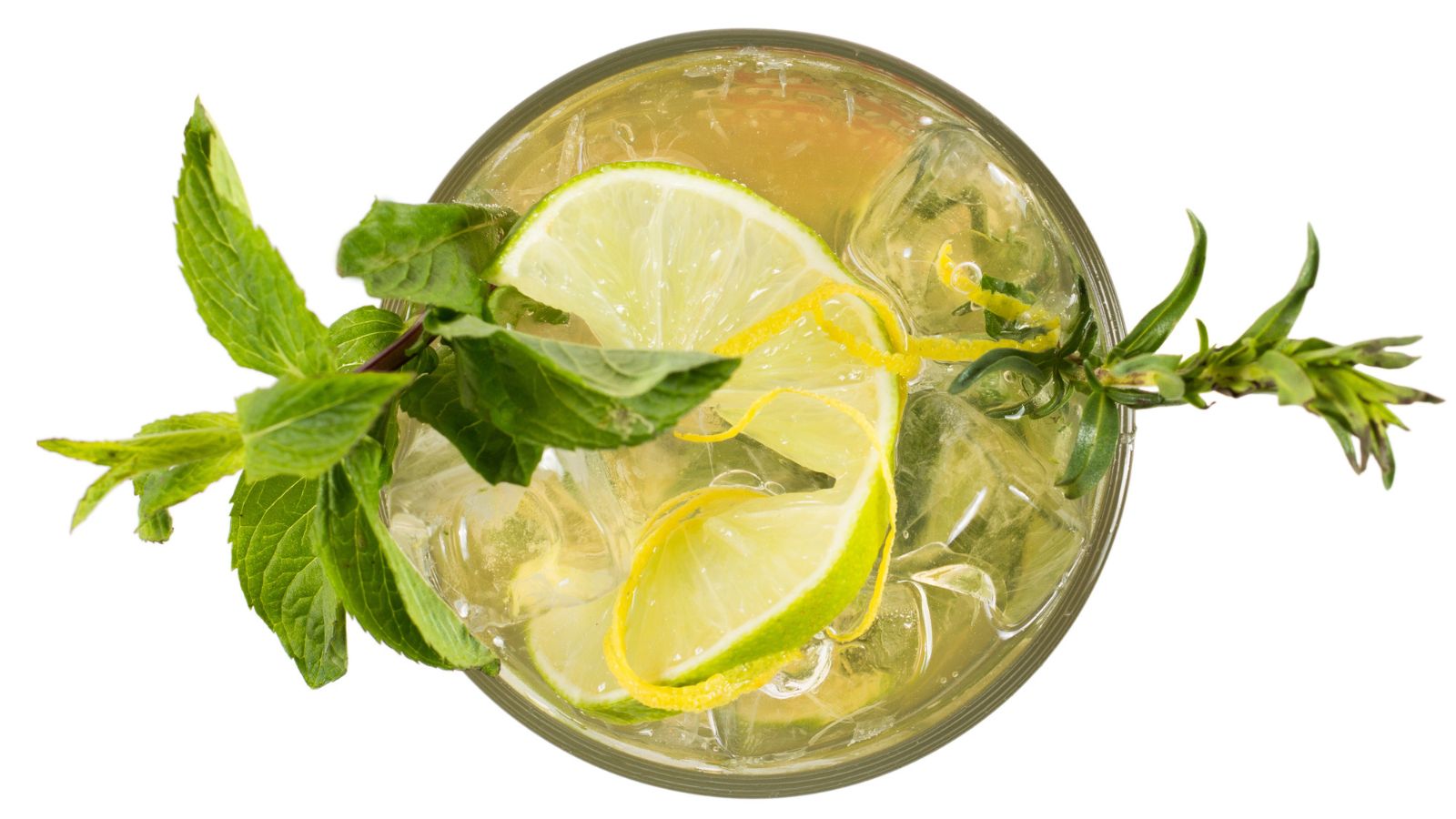
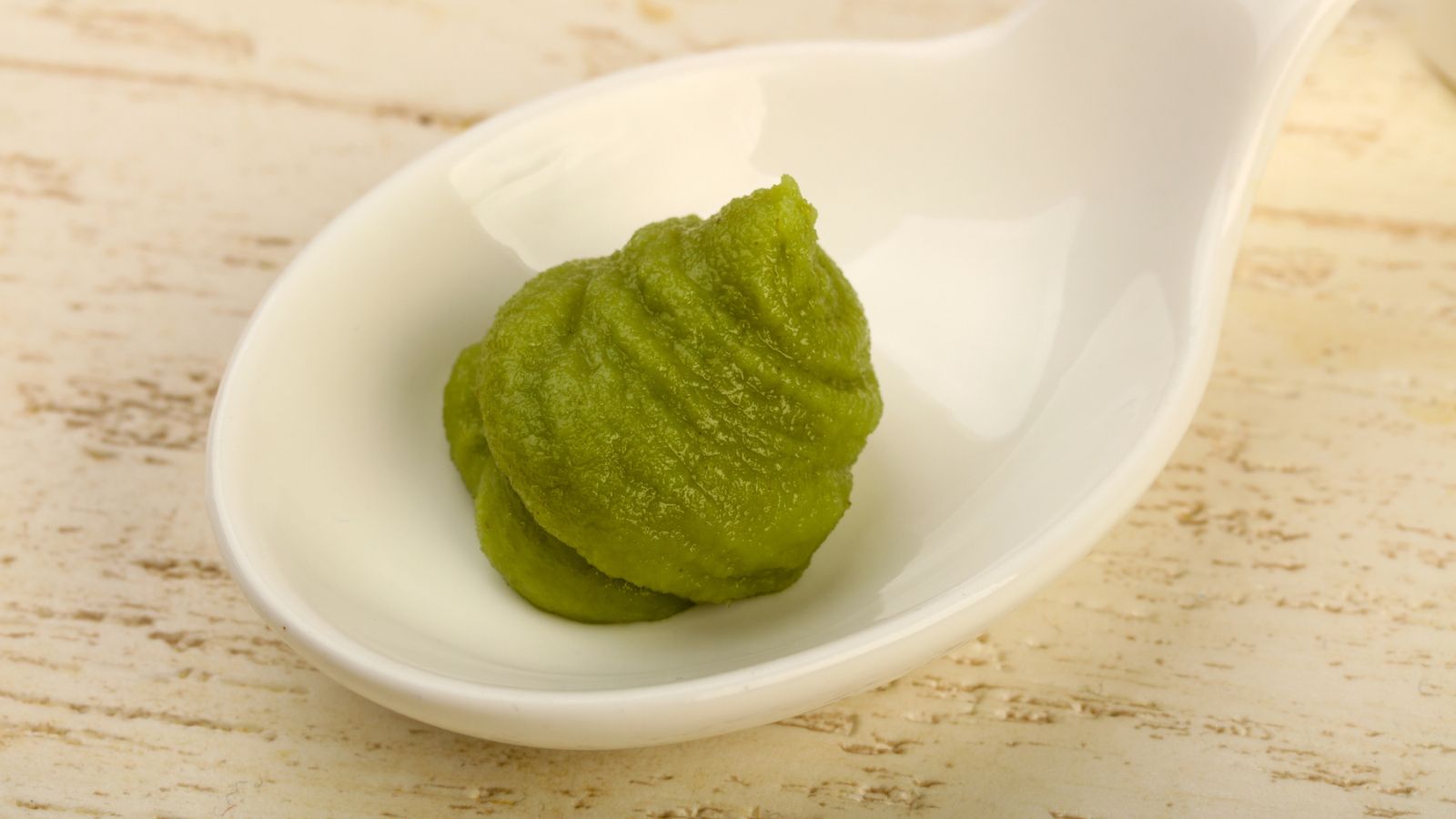
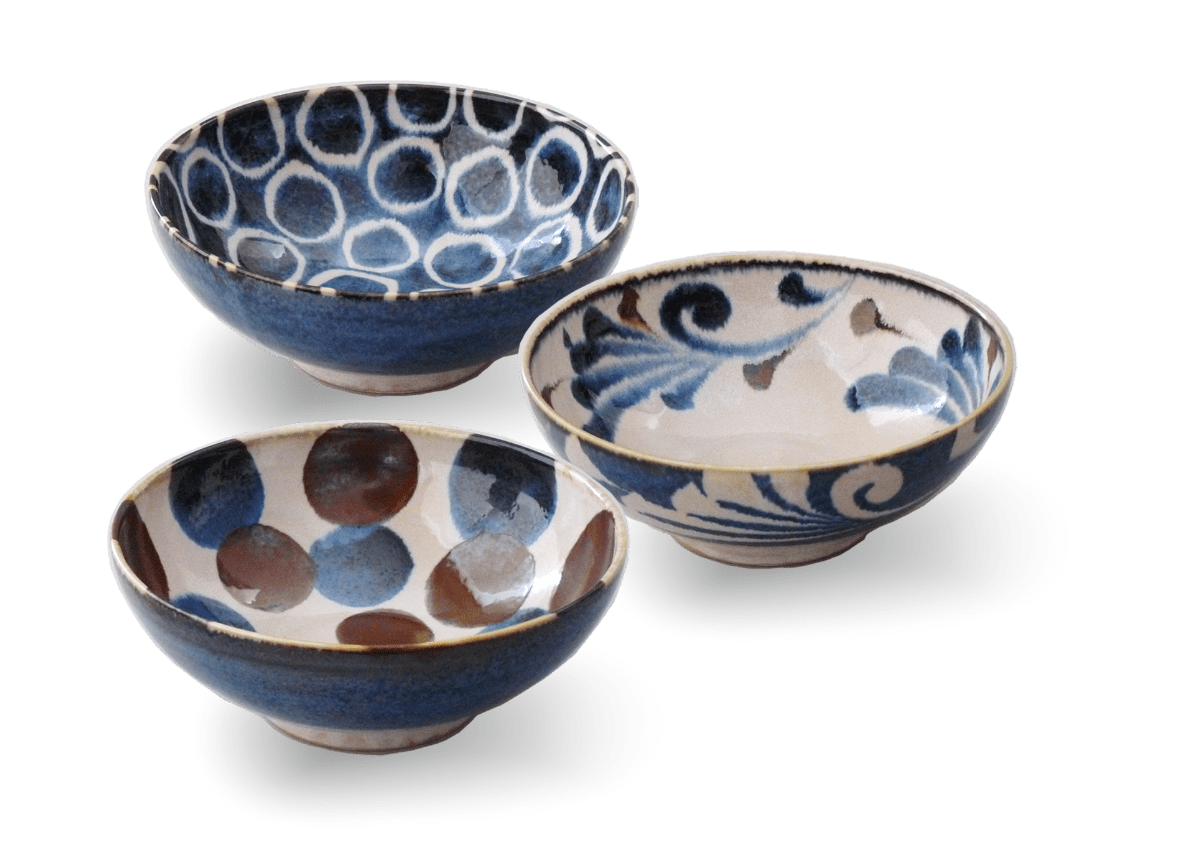
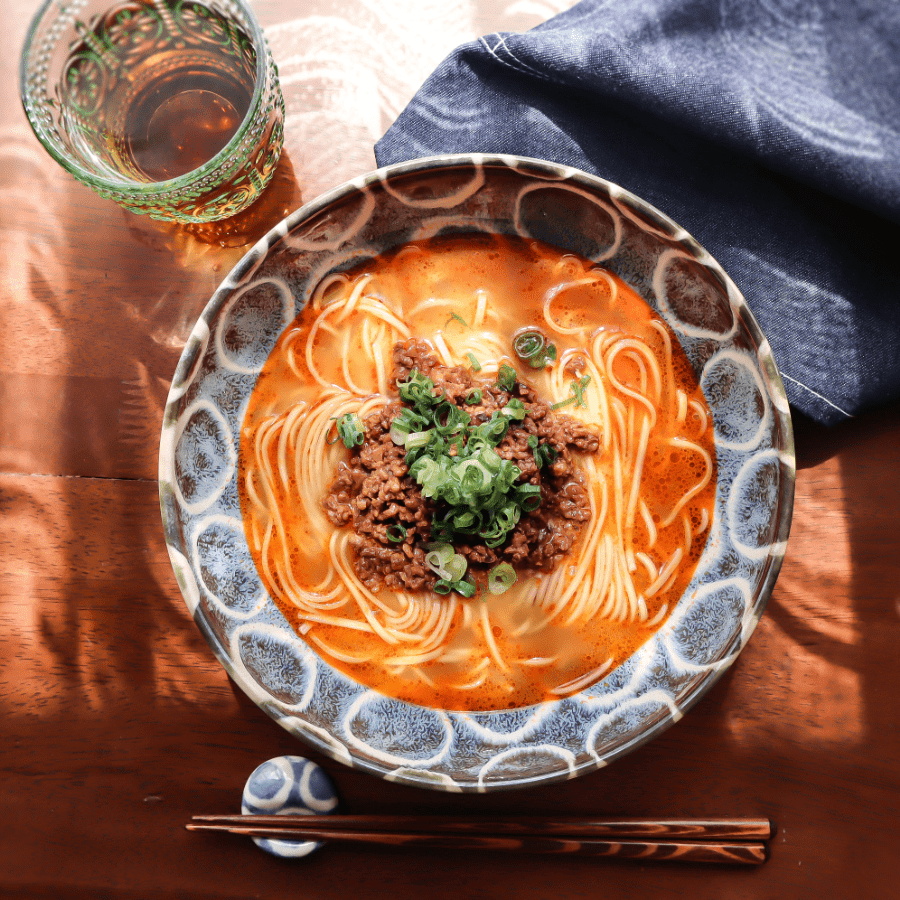
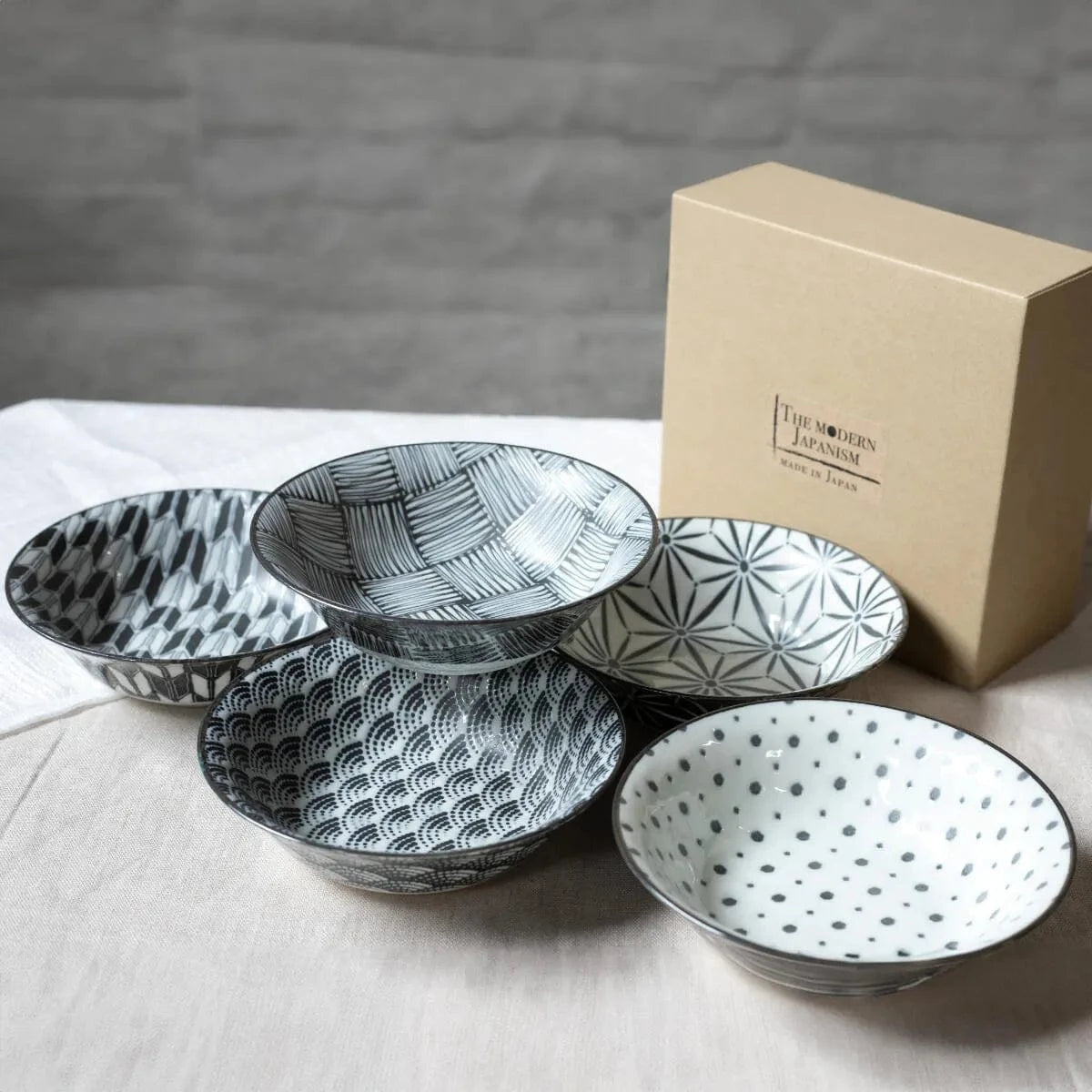
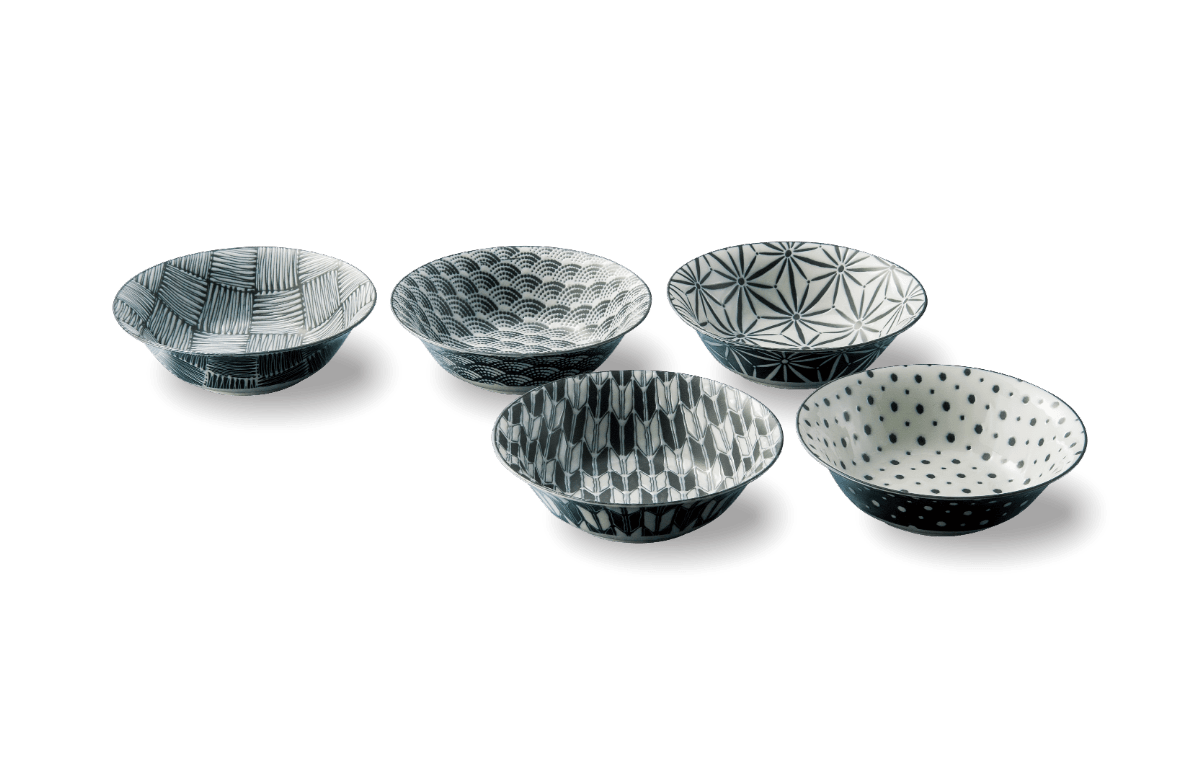
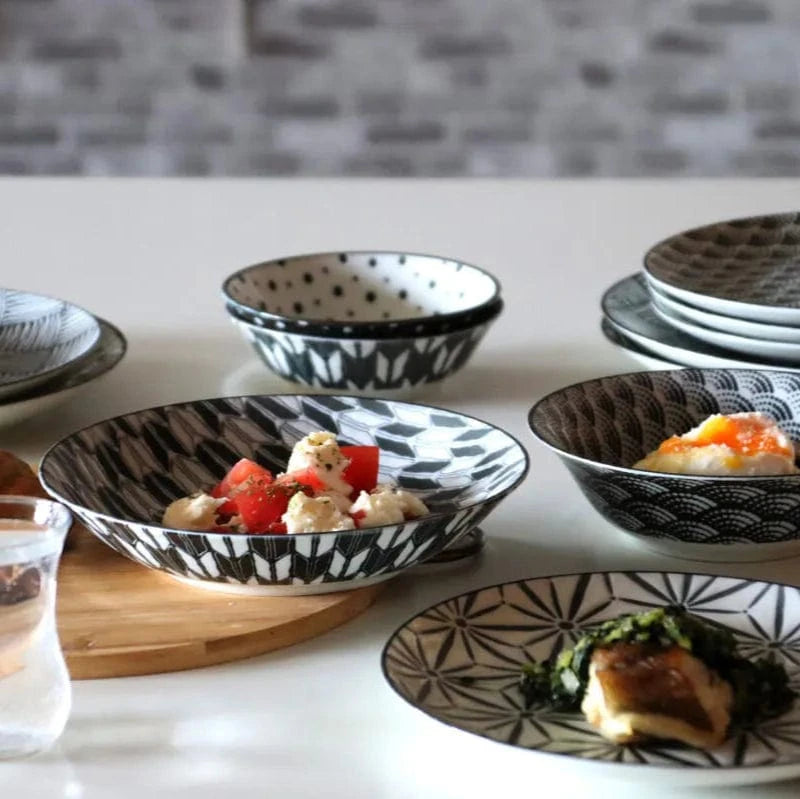
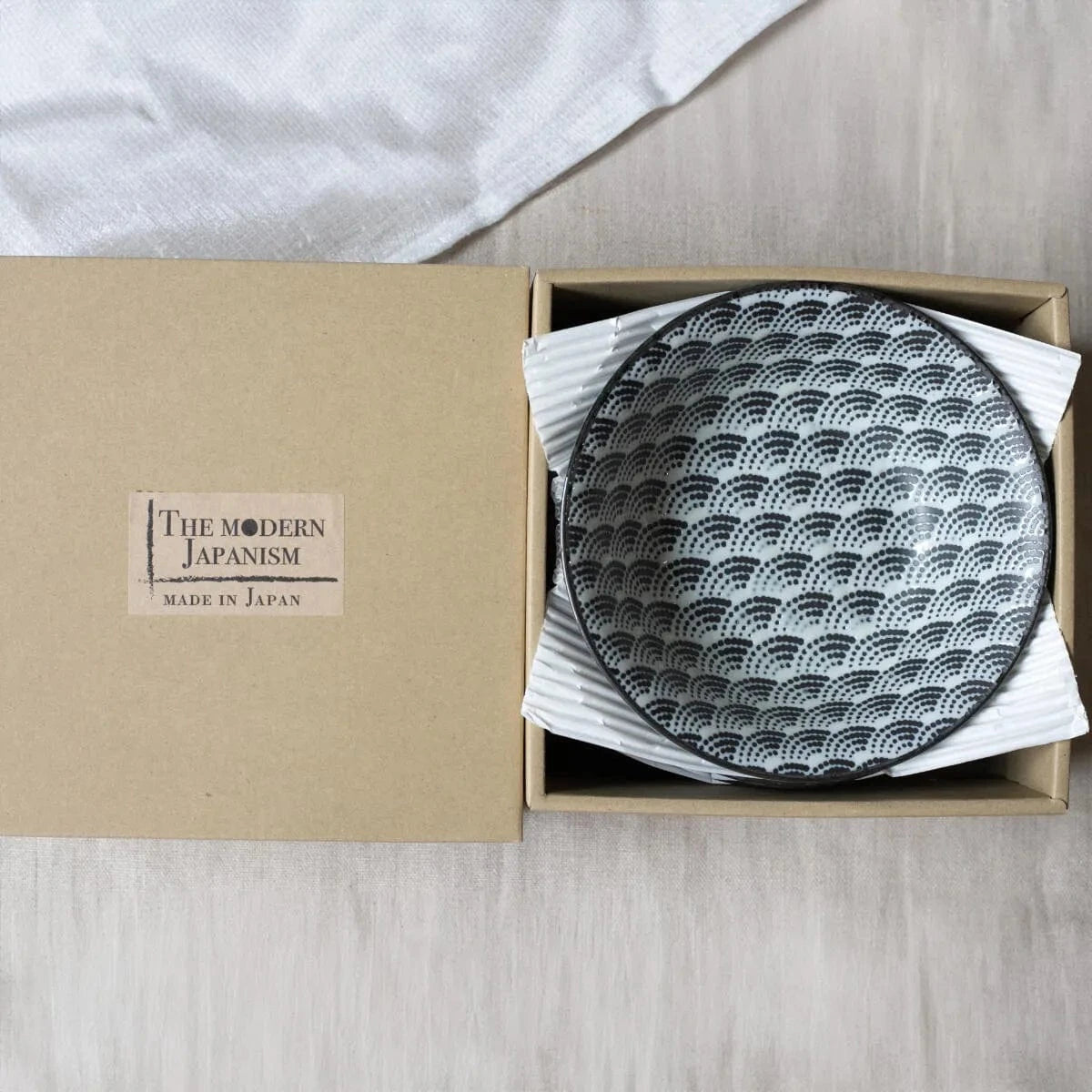
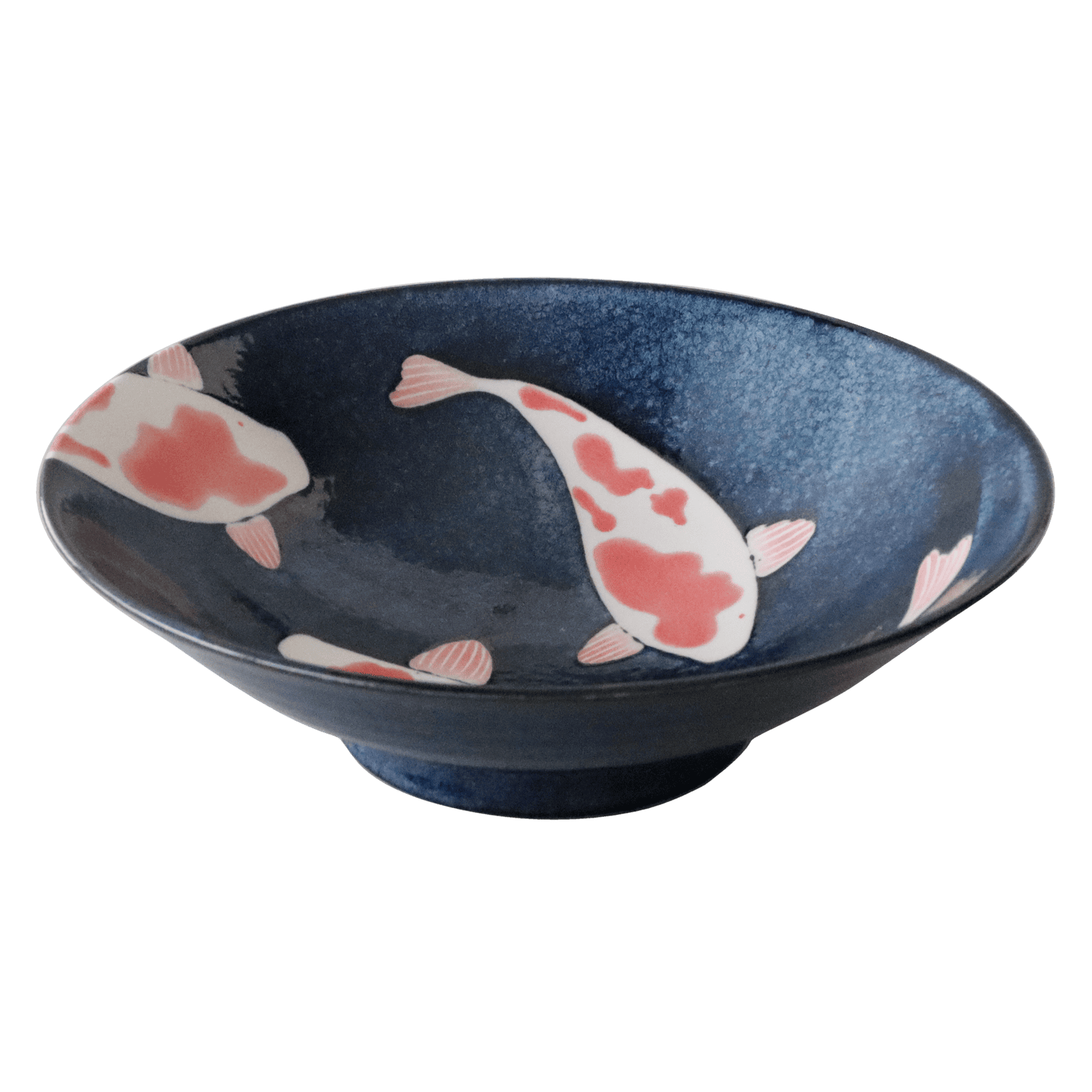
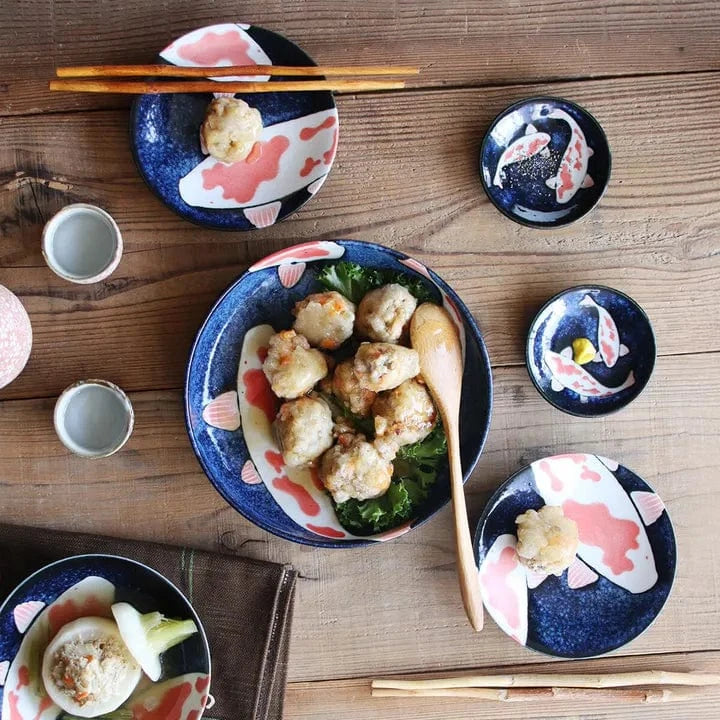
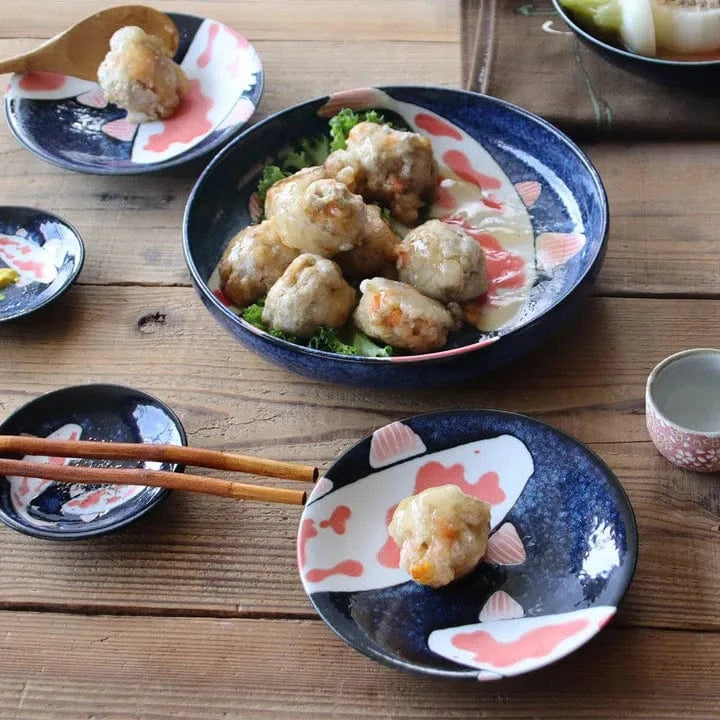
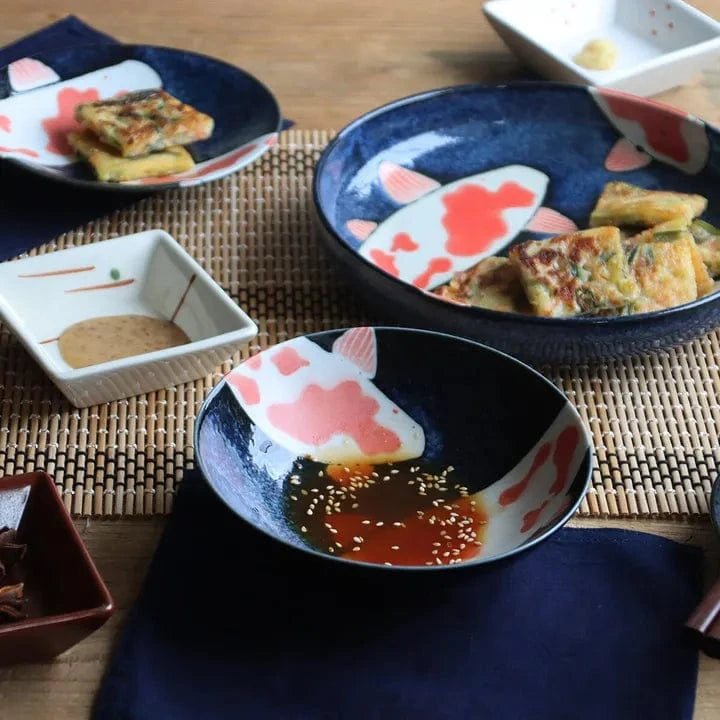
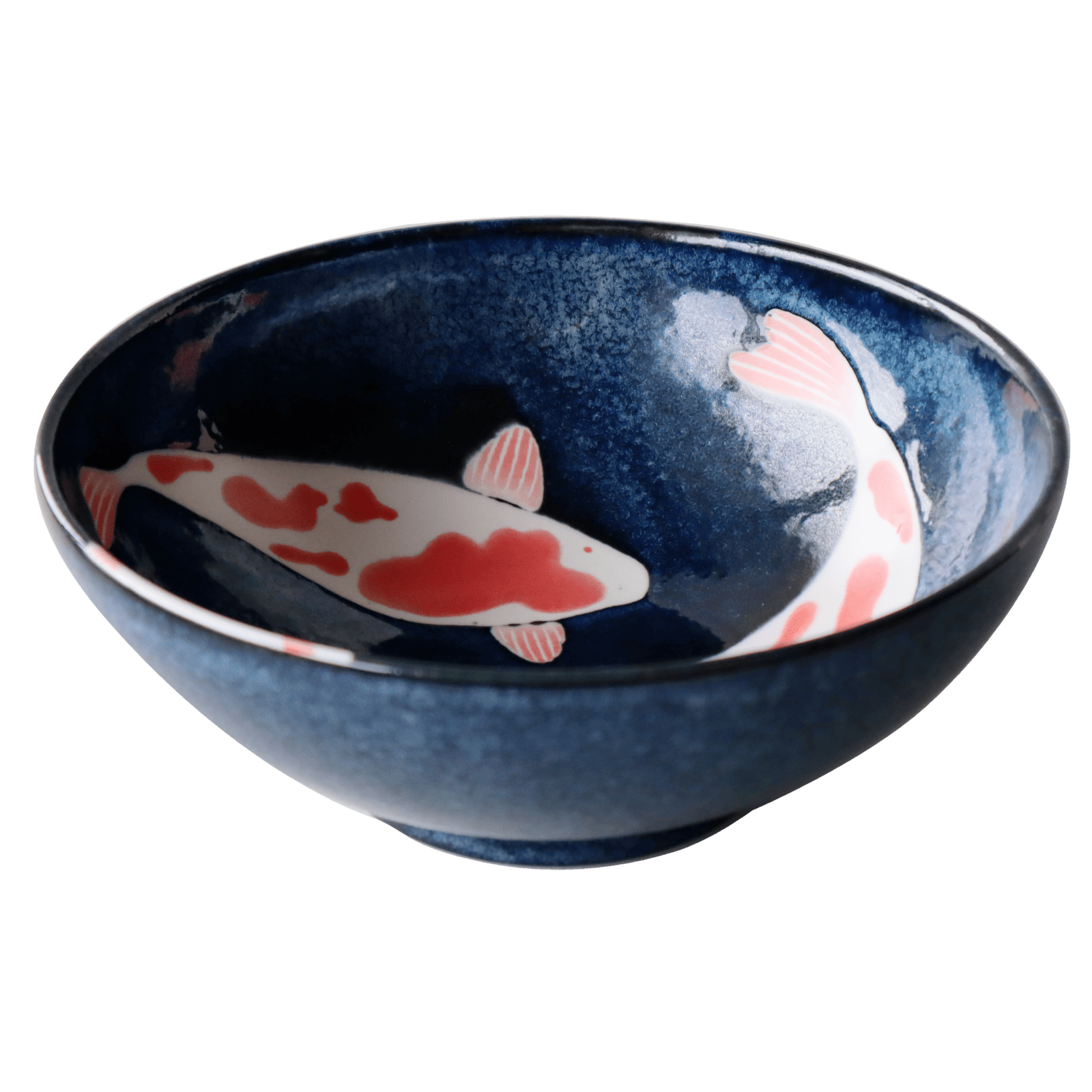
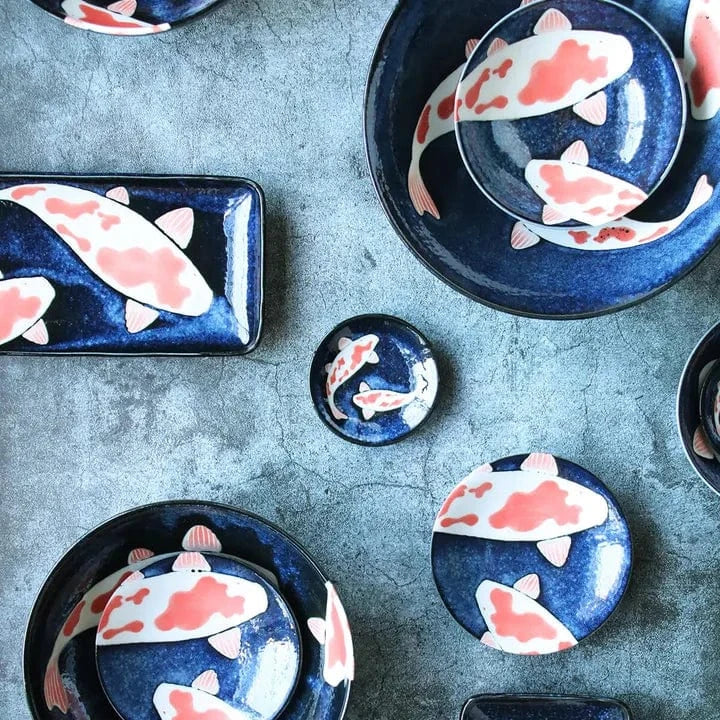
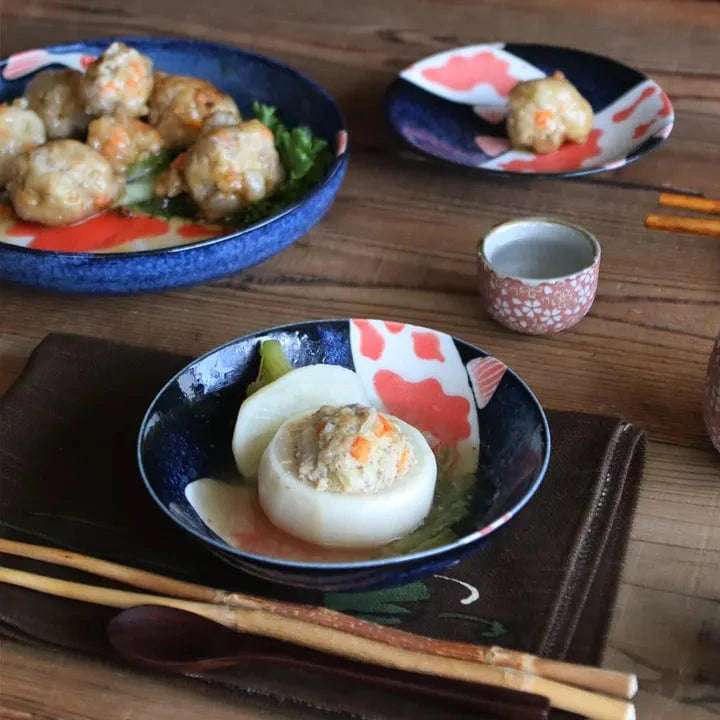
Share: